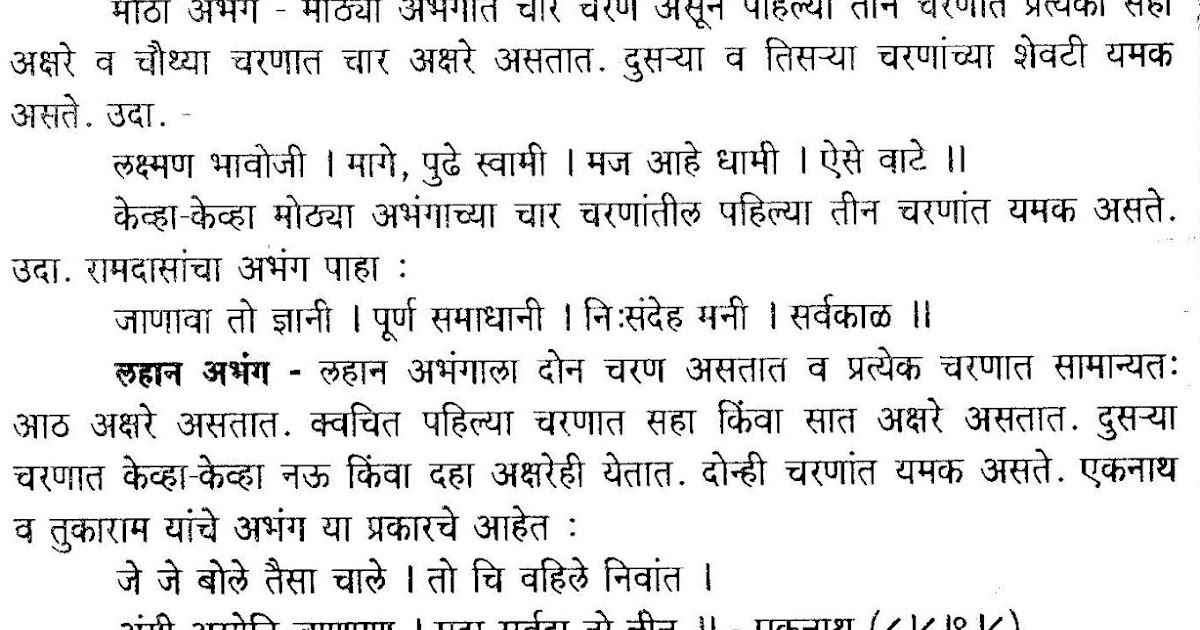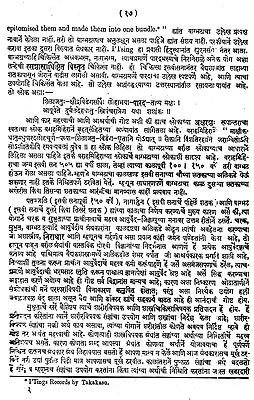
They have expanded our knowledge of ancient processes for manufacturing various types of artifacts. In experimental archaeology, archaeologists try to recreate artifacts using authentic methods and traditional materials. Different activities, such as sawing back-and-forth motions and downward-angled engraving used for writing produce different marks on the edges of stone artifacts that are clearly visible under a microscope, allowing an archaeologist to perform microscopic wear analysis. The shape and dimensions of stone tools provide clues to their function, but other techniques such as microscopic wear analysis can provide additional information.

Once they understand the process by which an artifact was produced, archaeologists’ next question is what the artifact was used for. Coming off the bulb of percussion are ripples that are similar to ripples made when a stone is thrown into a lake they extend outward from the point of impact. Archaeologists look for the striking platform (where the core was struck) and the bulb of percussion (a raised area formed due to percussion) on the flakes, which indicates the angle and exact point of contact of the hammerstone. Each flake (especially larger ones) carries critical information an archaeologist can use to recreate the process by which the stone tool was made. The debitage produced at this stage is typically called trimming flakes. After the large pieces of cortex are removed and the artifact is roughly the desired shape, the flintknapper switches to a finer, more-precise method of removing flakes using a softer touch and a softer material such as an antler or other object that applies less force. The resulting waste flakes are called debitage, and they provide archaeologists with important clues about how the tool was manufactured. Often, the first few hits of the hammerstone are designed to remove the cortex of the core, which is the rough outer covering of the rock. The tool maker, called a flintknapper, removes large chunks from the core to begin to achieve the rough shape of the desired tool. Stone tools such as projectile points consist of a core stone that will become the tool and a hammerstone that is struck against the core stone to shape it. Some of the stone artifacts found in archaeological sites are more than 2 million years old. Stone artifacts are one of the most studied types simply because of their excellent preservation and longevity.

Typologies were particularly important tools prior to the development of radiocarbon dating techniques and are still used as a preliminary dating method in the lab and in the field.Įach artifact type is defined by features and attributes archaeologists look for when completing their analyses. In their analyses, archaeologists often must determine the range of variation that is acceptable when assigning artifacts such as projectile points and arrowheads to a type. Typologies, which were used extensively by archaeologists working under the classificatory-historical paradigm, are thorough visual descriptions of a group of like artifacts. These sub-categories can then be further refined until all the artifacts that share similar attributes and/or physical properties are grouped together and define artifact types, creating a typology. Once sorted into those initial categories, the categories can be subdivided by other physical attributes such as decorations, color, shape, size and other physical dimensions, raw material sources (e.g., chert or obsidian for stone tools), and manufacturing techniques. Once artifacts have been excavated, processed in the lab, and catalogued, what happens next? Usually, the artifacts are sorted into broad categories by the types of materials, such as stone (lithics), bone, and ceramic.

This chapter focuses on various kinds of artifacts and specific types of information archaeologists can learn from types of artifacts. Their interpretation and the information they provide largely depends on the environmental conditions to which the artifacts have been exposed, which influences their preservation. The artifacts made and used by humans are critical to archaeological work and analysis of past humans’ behavior.


 0 kommentar(er)
0 kommentar(er)
